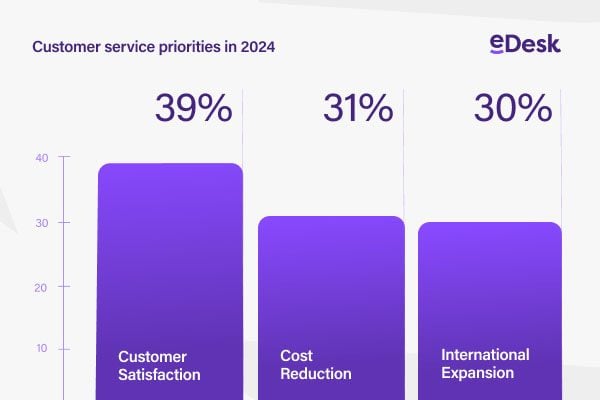 In the latest instalment of our 2020 Back to Work Tips series, Jesse Wragg, Managing Director of eCommeleon looks at product data and why this should be a focus for your business in 2020.
In the latest instalment of our 2020 Back to Work Tips series, Jesse Wragg, Managing Director of eCommeleon looks at product data and why this should be a focus for your business in 2020.
eCommeleon is a SaaS solution designed specifically for marketplace sellers, brands and services which allows you to create, optimise, validate and export product listing data for worldwide marketplaces.
Why improving your product data should be your focus for an effective way to scale your business
Growing a company requires both capital and time. Striking an effective balance of these resources can be the difference between scaling effectively or finding yourself chasing your tail for years to come. Many businesses invest heavily into stock, intending to scale by increasing their overall product-offering. Unfortunately, this often leads to a lot of tail-chasing.
Logic suggests that by increasing the number of product offerings, you’ll increase your sales as the business scales, but unfortunately, it’s not as simple as that. In this article we explore how to invest in established products to your business scales effectively
Having “idle” stock is more expensive than you think.
Costs for stock are often underestimated, leading many to retailers to lean towards purchasing more stock instead of investing in other strategies to increase sales. This begins with bookkeeping, whereby ordering stock does not lead to costs – it is simply an exchange in the type of capital. Meanwhile, real costs associated to stock are often lumped together with general overhead. These real costs include cost of storage space, insurance, managing the inventory, obsolescence and damage. Adding more stock often does not increase these costs immediately, perhaps only once you outgrow your current facility or require extra employees. There are also costs which do not come up in bookkeeping at all which are missed opportunities. With capital stuck in stock other opportunities for growth cannot be taken advantage of.
Growing your product offerings by adding a wider range of stock is often not the best solution.
Investing instead in moving existing inventory faster can increase your business more, despite potentially lower margins. Generating more sales with a lower margin is better for scaling your business than having a high margin on items which aren’t selling.
How to increase stock turnover.
We see three key ways to increase stock turnover; reducing the sale-price, increasing searchability & conversion (by improving the product data), and diversifying your exposure (by selling on more sales channels).
Lowering your price for non-moving stock is a great way to free up capital, but unless you’re fighting for the buy-box, this race to the bottom isn’t a sustainable business model.
The process of improving product data or expanding to new marketplaces can be time-consuming and quite specialised and is often seen as an intensive use of resources for an incalculable ROI. But instead of ignoring these options, retailers should invest in tools and processes which result in time and cost-efficient data quality improvement and diversification into more sales channels.
Why improve data quality?
The more information you can give the marketplace about your products, the higher the chances that your product will stay in the search results as your competitors begin to drop out and marketplace algorithms will work in your favour to show your offering to the market. The (frankly, quite Orwellian) technology behind each marketplace generally knows what your buyers want, often before they know it themselves, thanks to demographic information. By providing the marketplaces with as much data as possible for each item, Big Brother can make sure that it appears in the right search results or newsfeeds!
How to do this effectively?
Automate your data creation as much as possible. Many retailers have figured out that, in practice, automation leads to limited results because of lack of data. However, the manual work can still be done in an intelligent way. To give two examples, you could apply search terms to items based on the BTN, rather than doing it on a product-by-product basis. Additionally, building titles, descriptions and bullet points based on attributes (especially when you have variation listings) will improve not just efficiency, but also consistency. Combining this method with translated lookup lists can then become an effective way to create international listings for your non-English marketplaces.
Conclusion
Although investing in product data (both quality and for more sales channels) can be costly, there are many advantages which lead to growth. More sales, fewer stock-related costs and more working capital being some of the major up-sides. By using tools and processes this can be reached effectively and efficiently with the additional benefit that your products will be on the market quicker, and with better exposure than ever before.









